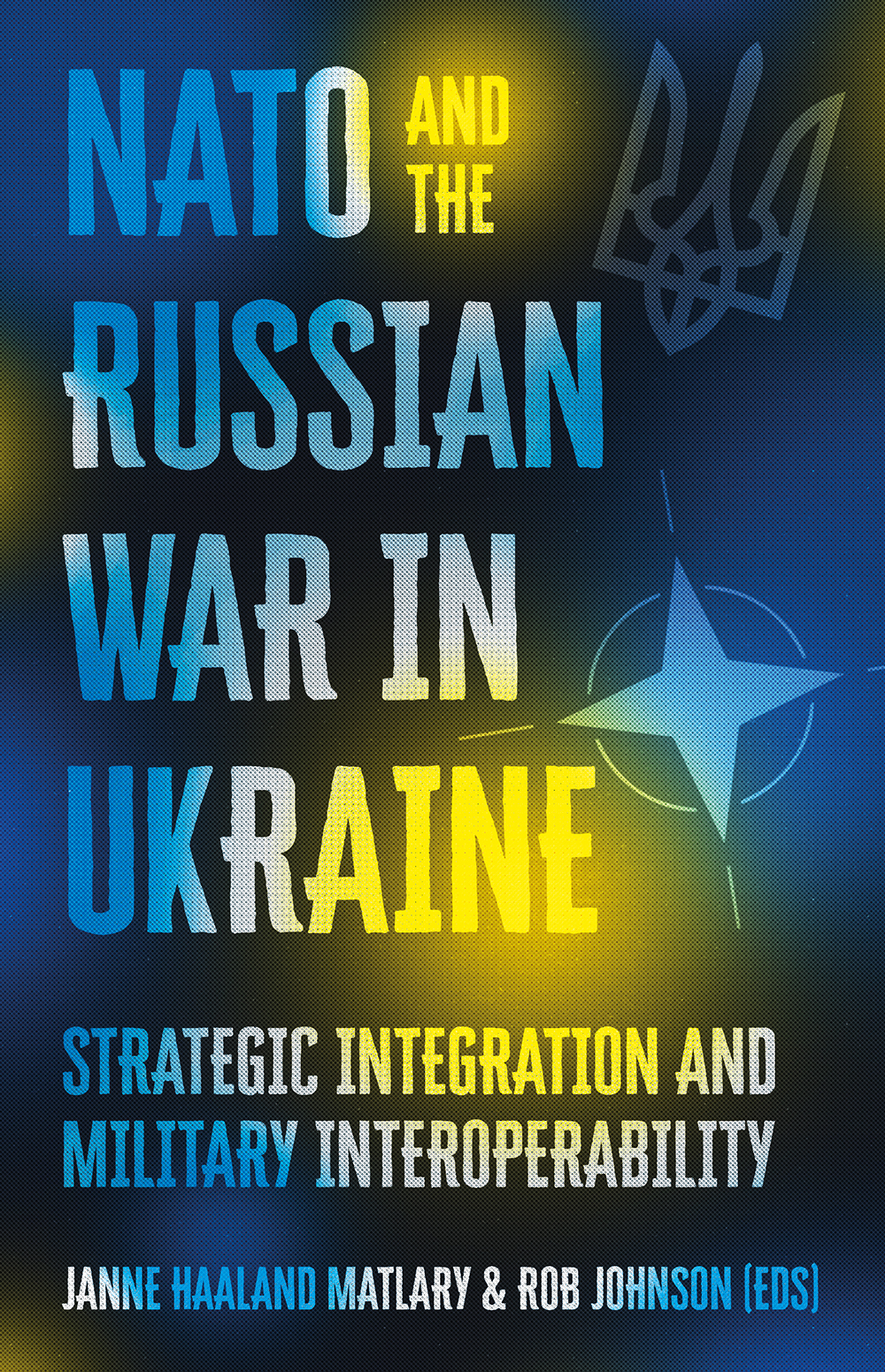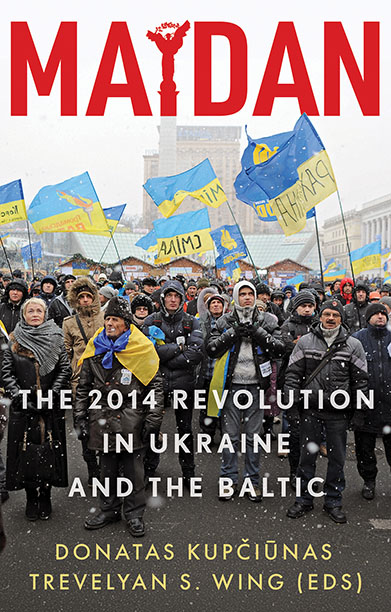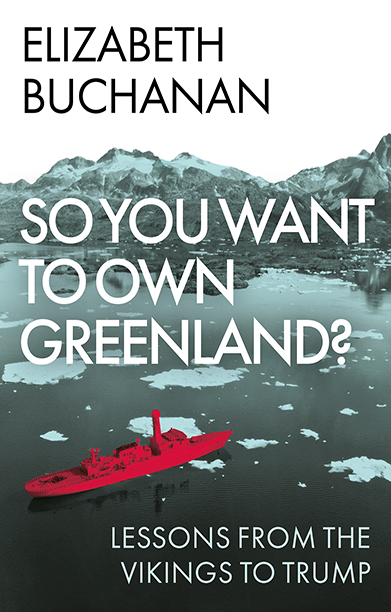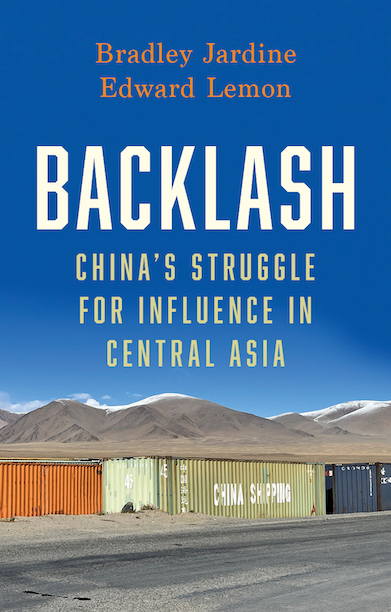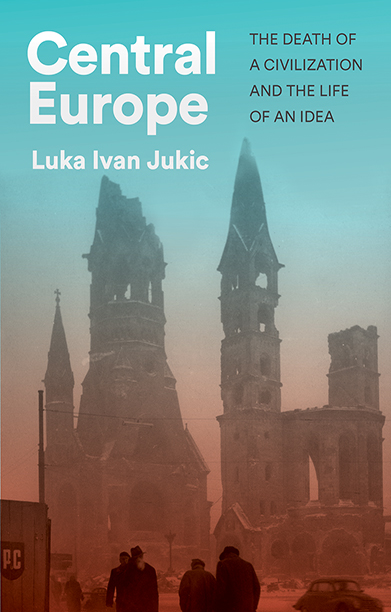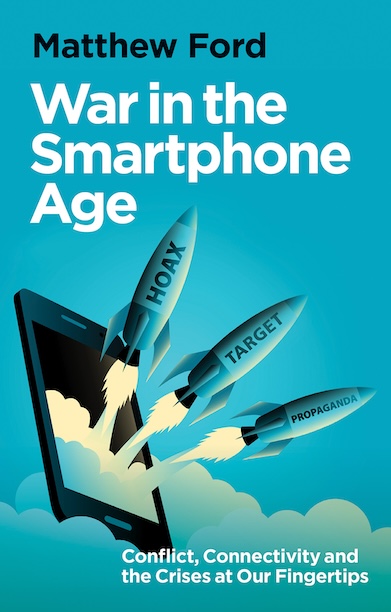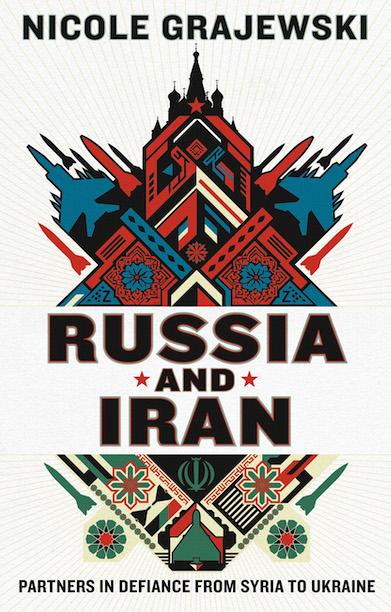NATO and the Russian War in Ukraine
Strategic Integration and Military Interoperability
How might the Western defence alliance turn Moscow’s war on Ukraine from a major challenge into a basis for renewal?
Description
For three decades after the Cold War, NATO member states no longer faced a major threat, and focussed on out-of-area operations. They took the opportunity to reduce defence spending and foster their own national defence industries; interoperability was limited to air and maritime missions on a small scale.
The 2014 Russian annexation of Crimea and war by proxy in eastern Donbass was a wake-up call, while China’s creeping seizure and fortification of islands in the South China Sea, as well as its relentless acquisition of Western technologies, similarly alerted the Western leadership to a less benign strategic environment. But the real shift occurred in 2022. China and Russia not only announced their ‘unlimited friendship’, but made clear their intention to reduce American hegemony by breaking up the NATO alliance and its Pacific equivalents.
This volume is the first account of the challenges and solutions for so-called strategic integration in this coercive global situation. The contributors show, thematically and through selected national case-studies, how strategic integration and interoperability are conceived, debated, problematised and resolved. The chapters are written with specific reference to the illegal Russian invasion of Ukraine, which has galvanised a new era of integration and alliance cooperation within NATO.
Table of contents
Foreword by General Sir James Everard
Acknowledgements
List of Contributors
List of Abbreviations
- Introduction, Janne Haaland Matlary & Rob Johnson
PART ONE: MILITARY INTEGRATION IN NATO
- Multidomain Integration and Multidomain Operations, Rob Johnson
- The NATO 2022 Strategic Concept: Guiding, Aligning, Binding?, Tim Sweijs & Tara de Klerk
- Maritime-Strategic Integration and Interoperability in NATO: The Case of Standing NATO Maritime Group 1 (SNMG1), Steinar Torset & Amund Lundesgaard
PART TWO: THE WAR IN UKRAINE STRATEGIC SHOCK, STRATEGIC CHANGE?
- Return to a bleak past? The Russian Invasion of Ukraine and the International System, Beatrice Heuser
- The United States and Europe: Reforging the NATO Alliance, Andrew A. Michta
- The Threat Posed by Russia and China After the Ukraine War, Kori Schake
PART THREE: THE IMPACT OF THE WAR ENHANCED MILITARY INTEGRATION?
- Zeitenwende or Business as Usual? German Defence Policy Following Russia’s Invasion of Ukraine, Robin Allers & Håkon Lunde Saxi
- Finland’s Approach to Military Cooperation and Integration: From Alignment to Allia, Tuomas Iso-Markku & Matti Pesu
- NATO and the Ukraine Defense Contact Group: Frontline States and Followers, Janne Haaland Matlary
Notes
Index
Reviews
‘A comprehensive analysis of the impact of Russia’s war on the state of multi-domain and strategic integration within and outside NATO.’ — EuropeNow
‘A global geopolitical scene at once febrile, fragile and fraught with danger demands a work of profound strategic substance and significance: this publication is right on cue. This wonderfully crafted book bristles with resonating and incisive insights, and underscores the status of the editors as doyens of contemporary strategic commentary. I commend it unreservedly and with great enthusiasm.’ — David Ellery, Professor, Honorary Fellow and Trustee, Durham University
‘The Russo-Ukrainian War provided NATO with its most demanding test for decades. This thorough analysis of the alliance’s response shows how this test was passed, at least during the war’s first stage. But it also shows how the conflict led member states to reappraise established practice and explore how they could achieve deeper defence integration.’ — Sir Lawrence Freedman, Emeritus Professor of War Studies, King’s College London
‘A necessary and thought-provoking book that deserves a wide readership.’ — Sten Rynning, Professor of War Studies and Director, Danish Institute for Advanced Study, University of Southern Denmark
‘This excellent and authoritative volume exploring the galvanising effect of Russia’s brazen invasion of Ukraine on efforts to deepen NATO integration could not be more timely.’ — Mats Berdal, Professor of Security and Development, King’s College London
‘First-rate scholars and analysts highlight that increased defence integration and interoperability are key to NATO’s efforts to address the challenges created by the Russian invasion of Ukraine and the US’s continuing pivot to Asia.’ — Peter Viggo Jakobsen, Associate Professor, Royal Danish Defence College
Editor(s)
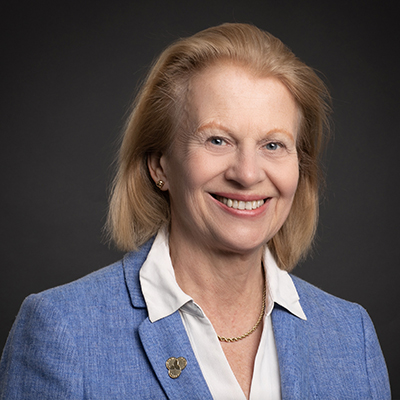
Janne Haaland Matlary is Professor of International Politics at the University of Oslo and the Norwegian Military Command and Staff College; she was formerly Norway's deputy minister of foreign affairs.

Rob Johnson is Director of the Changing Character of War Centre at the University of Oxford.
